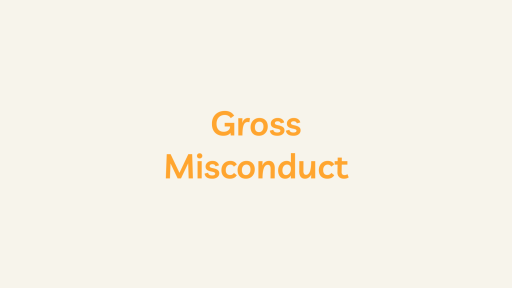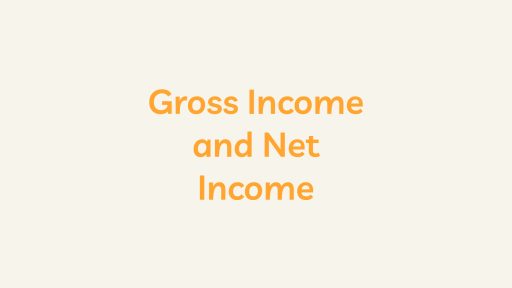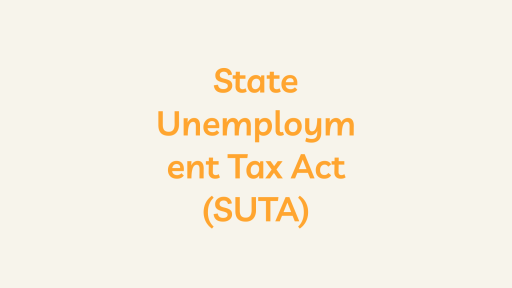What is Standard Deduction?
The standard deduction is a fundamental component of the U.S. tax system designed to simplify the process of calculating taxable income for individuals and families. Instead of meticulously itemizing various deductions, taxpayers can claim a deduction, a fixed amount that reduces their taxable income. Understanding the intricacies of the deduction is crucial for making informed decisions during the tax filing process.
Key Aspects of the Standard Deduction
- Filing Status Impact:
- The taxpayer’s filing status influences the standard deduction amount. Common filing statuses include Single, Married Filing Jointly, Head of Household, and Married Filing Separately. Each status has a corresponding deduction amount.
- Annual Adjustment for Inflation:
- The standard deduction is adjusted annually for inflation to account for changes in the cost of living. However, taxpayers should be aware that the deduction amount may vary yearly.
- Tax Cuts and Jobs Act Changes (2017):
- The Tax Cuts and Jobs Act, enacted in 2017, significantly changed the standard deduction. The deduction was substantially increased for tax years 2018 through 2025, leading to more taxpayers choosing this option over itemizing.
- Itemizing vs. Standard Deduction:
- Taxpayers can either itemize their deductions or opt for the standard deduction—whichever results in a lower taxable income. Itemizing involves listing and totaling eligible expenses, such as mortgage interest, medical expenses, and charitable contributions.
- Married Filing Separately Considerations:
- In cases where one spouse chooses to itemize deductions, the other spouse, if filing separately, is generally required also to itemize. This joint decision prevents one spouse from itemizing while the other claims the deduction.
- Additional Standard Deduction for Seniors and Blind Individuals:
- Recognizing the financial challenges seniors and individuals with visual impairments face, the tax code allows for an additional standard deduction for those 65 years or older or blind. This supplementary deduction provides extra relief for eligible individuals.
- Dependent Standard Deduction:
- Individuals who can be claimed as dependents on another taxpayer’s return usually have limited or no standard deduction. This prevents a scenario where both the taxpayer and the dependent claim deductions for the same expenses.
- State Tax Considerations:
- While the federal government provides a standard deduction, individual states have their own rules regarding deductions. Some states align with federal standards, while others may have different rules and amounts for deductions.
- Simplicity and Time-Saving:
- The standard deduction simplifies the tax filing process for individuals with straightforward financial situations. It eliminates the need for detailed record-keeping and calculation of various itemized deductions.
- Decision-Making Considerations:
- Taxpayers should evaluate both the standard deduction and itemizing options to determine which method yields a lower tax liability. Factors such as eligible expenses, filing status, and tax law changes should be considered.
Conclusion
Understanding the standard deduction and its implications empowers taxpayers to make informed decisions during the annual tax filing process. It reflects a balance between providing a simplified approach to taxation and ensuring that individuals receive fair and appropriate deductions based on their financial circumstances.





